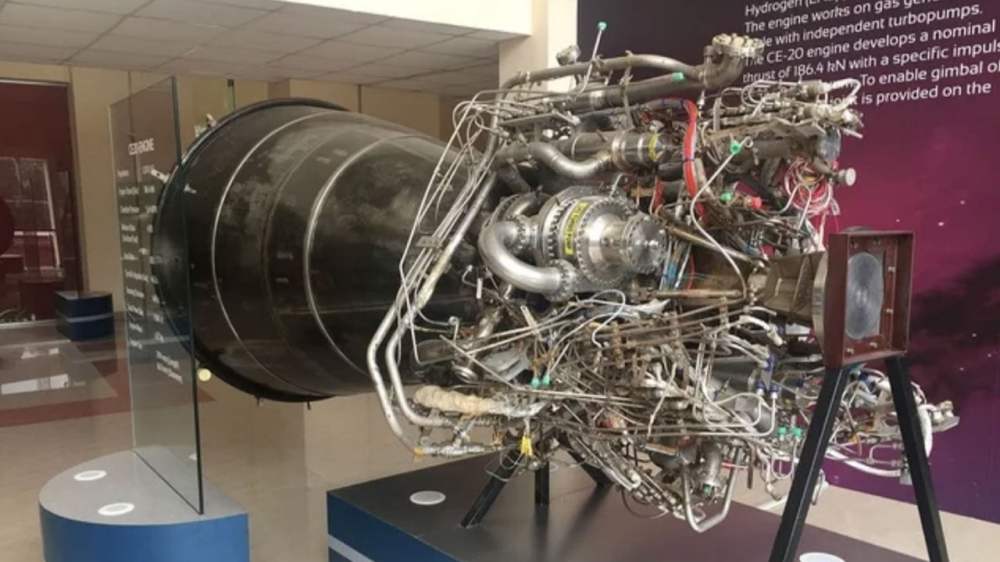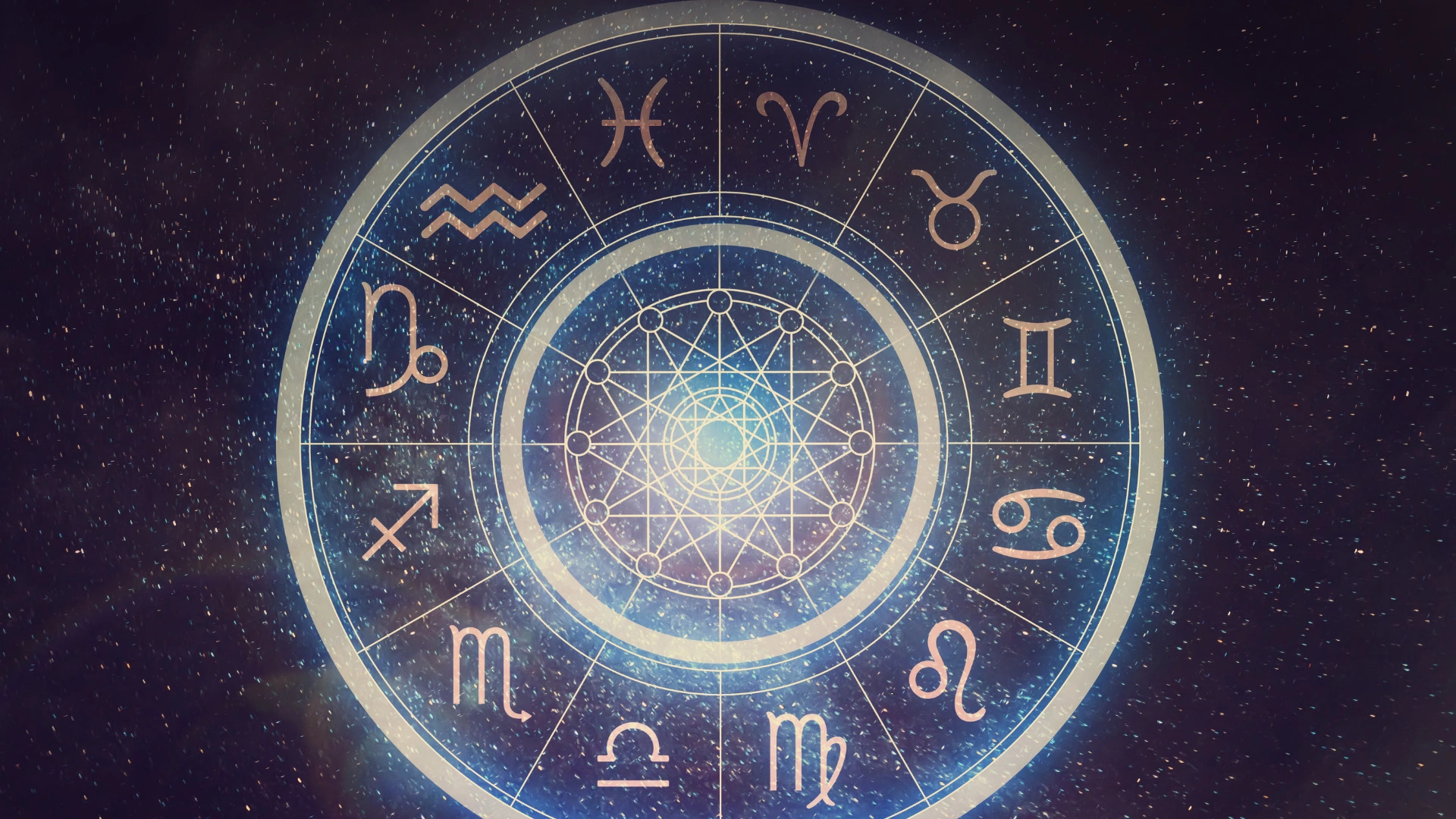On Wednesday, an official announced that the Indian Space Research Organisation (ISRO) has successfully completed the human rating of its CE20 cryogenic engine, a crucial component for the Gaganyaan missions.
ISRO marked a significant achievement in the human rating of the CE20 cryogenic engine, powering the cryogenic stage of the human-rated LVM3 launch vehicle for Gaganyaan missions. The final round of ground qualification tests, conducted on February 13, 2024, included the seventh vacuum ignition test at the High Altitude Test Facility at ISRO Propulsion Complex, Mahendragiri, simulating flight conditions, as stated in an ISRO press release.
The ground qualification tests involved life demonstration tests, endurance tests, and performance assessments under nominal and off-nominal conditions regarding thrust, mixture ratio, and propellant tank pressure.
To meet human rating standards, four engines underwent 39 hot firing tests under various operating conditions, totaling 8810 seconds, exceeding the minimum requirement of 6350 seconds, according to ISRO.
Additionally, ISRO completed acceptance tests for the flight engine designated for the first unmanned Gaganyaan (G1) mission, tentatively scheduled for Q2 2024. This engine, with a thrust capability of 19 to 22 tonnes and a specific impulse of 442.5 seconds, will power the upper stage of the human-rated LVM3 vehicle.
In 2023, India achieved notable milestones with the successful soft landing of Chandrayaan-3 on the Moon’s South Pole and the launch of Aditya-L1, its first solar mission. These accomplishments strengthened India’s position in the global space economy and energized the private space sector in the country.
Looking ahead, India is gearing up for the Gaganyaan Mission in 2024-2025, the establishment of the ‘Bharatiya Antariksha Station’ by 2035, and aims to send the first Indian to the Moon by 2040.



















